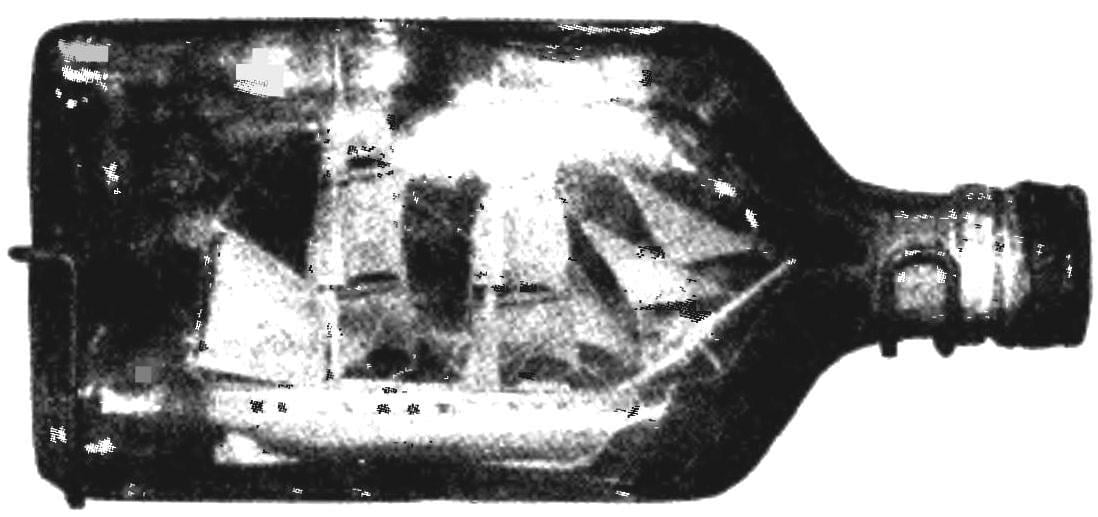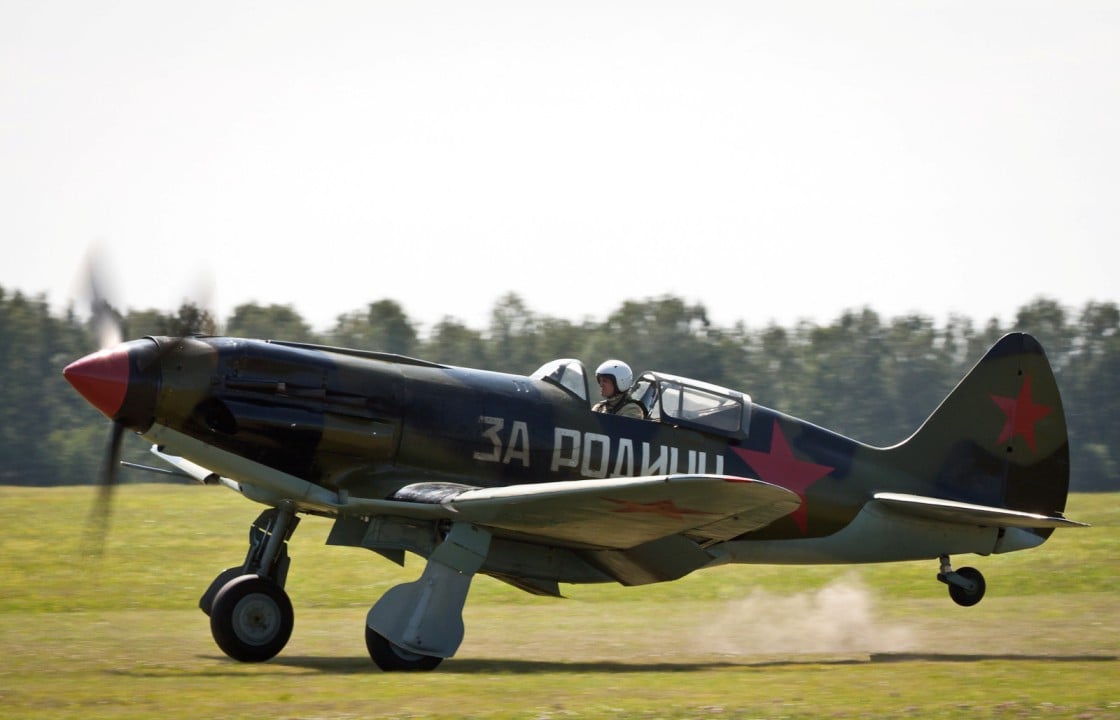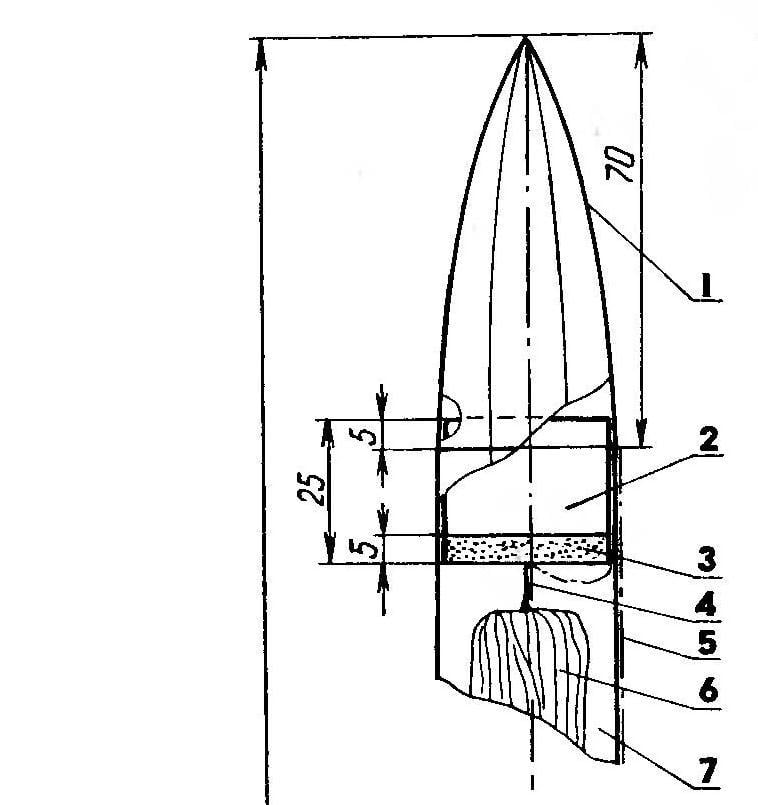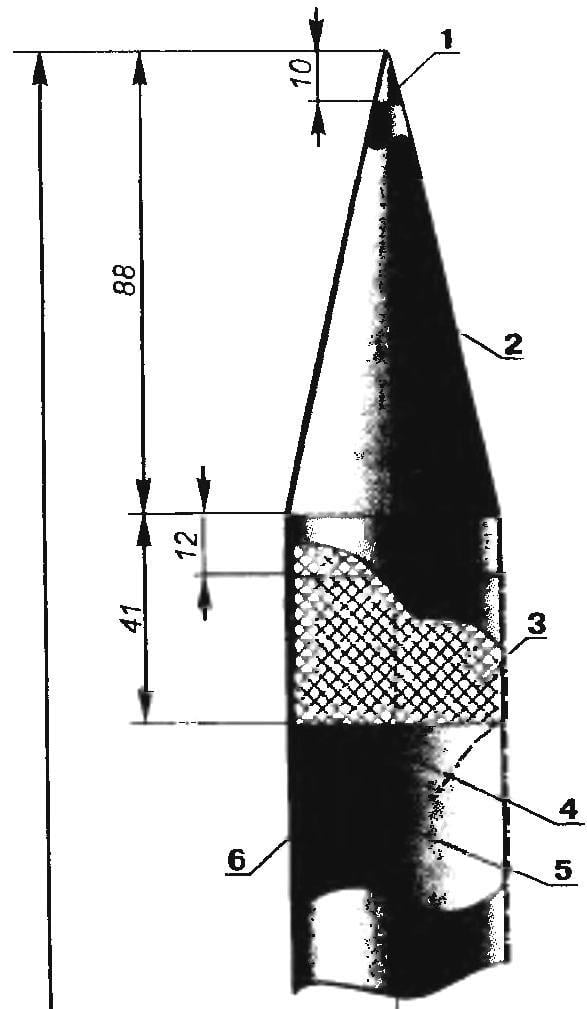 In the days of preparation to the XVII Congress of the Komsomol, the Central Council of VOIR, the Ministry of light industry and the Ministry of education of the USSR adopted a decision to hold from 25 April 1974 to 1 March 1975 the all-Union contest for the best sample of IG| tabs and items for children’s technical creativity. The main goal of the competition is to promote the further development of children’s technical creativity, expansion and strengthening of its material base, to find new means of propaganda of achievements of science and technology in the most accessible for children and adolescents form.
In the days of preparation to the XVII Congress of the Komsomol, the Central Council of VOIR, the Ministry of light industry and the Ministry of education of the USSR adopted a decision to hold from 25 April 1974 to 1 March 1975 the all-Union contest for the best sample of IG| tabs and items for children’s technical creativity. The main goal of the competition is to promote the further development of children’s technical creativity, expansion and strengthening of its material base, to find new means of propaganda of achievements of science and technology in the most accessible for children and adolescents form.
World of models
BRIG IN A BOTTLE…
 In Newspapers and magazines, no-no, and appeared as curiosities, pictures of miniature models of sailing ships, sealed in the bottle. I always looked at them with admiration and envy, but in the nature of such or similar products never met.
In Newspapers and magazines, no-no, and appeared as curiosities, pictures of miniature models of sailing ships, sealed in the bottle. I always looked at them with admiration and envy, but in the nature of such or similar products never met.ORBITA STUDENTS
 The Moscow Lenin order aviation Institute named after Sergo Ordzhonikidze at the faculty of aircraft engines has a student design Bureau (SKB-2), which is headed by candidate of technical Sciences, associate Professor V. V. Serdyukov. Great attention is paid to engines of small displacement, which are widely used in various types of modeling. SKB has considerable expertise in designing such engines. Many of them were exhibited at the exhibition of economic achievements and international exhibitions, and their authors are awarded with medals and diplomas. On NTTM-74 was shown a new “Orbit”.
The Moscow Lenin order aviation Institute named after Sergo Ordzhonikidze at the faculty of aircraft engines has a student design Bureau (SKB-2), which is headed by candidate of technical Sciences, associate Professor V. V. Serdyukov. Great attention is paid to engines of small displacement, which are widely used in various types of modeling. SKB has considerable expertise in designing such engines. Many of them were exhibited at the exhibition of economic achievements and international exhibitions, and their authors are awarded with medals and diplomas. On NTTM-74 was shown a new “Orbit”.THE LIGHT IN THE WAGON BOX
 Many models of passenger cars produced by well-known manufacturers, equipped with illumination. Usually installed inside a miniature incandescent bulbs or LEDs yellow glow. The energy they receive through a special flexible current collectors which are in contact with metal wheelsets, moving from isolated from each other the rails (about the same as on the models of locomotives).
Many models of passenger cars produced by well-known manufacturers, equipped with illumination. Usually installed inside a miniature incandescent bulbs or LEDs yellow glow. The energy they receive through a special flexible current collectors which are in contact with metal wheelsets, moving from isolated from each other the rails (about the same as on the models of locomotives).SOKOL
 “Dear edition! I have been modeling, build kordovye-models, flight a big request To you — please let us know what new model airplane engines went on sale in 1973”. V. Vasiliev. Chita oblast.
“Dear edition! I have been modeling, build kordovye-models, flight a big request To you — please let us know what new model airplane engines went on sale in 1973”. V. Vasiliev. Chita oblast. “Tell us about a new modeling technique…” — write avtomodelisty from the city of Tyumen.
Such letters to the editor come very much. Given the requests of our readers in this issue we talk about new engines for modelers.
MIG-3: THE FLYING CIRCUIT
 Kordovye contour-models have always been attracted to model airplanes. To create them, unlike the full copies, takes less time, and aircraft modeling experience needed for this not so great. As a prototype for contour models are most often fighters — these machines are spectacular in flight, they are easily recognized not only modelers, but also the audience. Moreover, in the air, the fuselage does not look flat.
Kordovye contour-models have always been attracted to model airplanes. To create them, unlike the full copies, takes less time, and aircraft modeling experience needed for this not so great. As a prototype for contour models are most often fighters — these machines are spectacular in flight, they are easily recognized not only modelers, but also the audience. Moreover, in the air, the fuselage does not look flat.MODEL-THE WINNER
 The constructor of this model class SA Maxim Shekhvatov, a schoolboy from the city of Elektrostal (the Moscow region) and the champion of Russia 2001 in two classes of sports rockets SA and S4A. His model made on the so-called paper technology. Fairing glue on the metal mandrel of the five paper petals. The mandrel before it is heated and smeared with mastic “Edelvays”. After cooling of the postmark on the mandrel is applied to the petals, smeared with white glue, and smooth to prevent wrinkles.
The constructor of this model class SA Maxim Shekhvatov, a schoolboy from the city of Elektrostal (the Moscow region) and the champion of Russia 2001 in two classes of sports rockets SA and S4A. His model made on the so-called paper technology. Fairing glue on the metal mandrel of the five paper petals. The mandrel before it is heated and smeared with mastic “Edelvays”. After cooling of the postmark on the mandrel is applied to the petals, smeared with white glue, and smooth to prevent wrinkles.STARTING IN TWO CLASSES
 The proposed model missiles S3B allowed its Creator Tarasov from Chelyabinsk to become a winner of four Cup competitions S. P. Korolev. Moreover, it is universal: it can serve class Ѕ6В.
The proposed model missiles S3B allowed its Creator Tarasov from Chelyabinsk to become a winner of four Cup competitions S. P. Korolev. Moreover, it is universal: it can serve class Ѕ6В.IN FLIGHT “HOMOPLASTIC”
 I must say that homoplastic aviation material will not name. However, tests of models made with this lightweight and durable material, showed that he is quite suitable for various models.
I must say that homoplastic aviation material will not name. However, tests of models made with this lightweight and durable material, showed that he is quite suitable for various models.ROCKET THE WINNER
 The proposed model is made by the known, so-called “Moscow” scheme. Its main feature is folding the rotary wing. It is made of balsa plate with a thickness of 3.5 mm. the Center section — size 340×65 mm, ears length 140 mm — trapezoidal shape. All three elements of the wing shaped and edged for rigidity along the contour of the fake rails. The width of the front edge of 2.5 mm, the rear is 3.5. The connection of the center section and “ears” swivel, silk strips of 12 mm width, glued on the bottom. From the top, at a distance of 20 mm from the axis of rotation, affixed the hooks, wire, allied with a diameter of 0.5 mm for hanging rubber bands return “ears”. Where you touch the rubber bands to the plane of the wing are reinforced with celluloid overlays. On the center section of the fixed back two hooks. One, closer to the center, the left half for the elastic return of the wing, the other on the right, closer to the edge— thread for the fixing of the wing during takeoff.
The proposed model is made by the known, so-called “Moscow” scheme. Its main feature is folding the rotary wing. It is made of balsa plate with a thickness of 3.5 mm. the Center section — size 340×65 mm, ears length 140 mm — trapezoidal shape. All three elements of the wing shaped and edged for rigidity along the contour of the fake rails. The width of the front edge of 2.5 mm, the rear is 3.5. The connection of the center section and “ears” swivel, silk strips of 12 mm width, glued on the bottom. From the top, at a distance of 20 mm from the axis of rotation, affixed the hooks, wire, allied with a diameter of 0.5 mm for hanging rubber bands return “ears”. Where you touch the rubber bands to the plane of the wing are reinforced with celluloid overlays. On the center section of the fixed back two hooks. One, closer to the center, the left half for the elastic return of the wing, the other on the right, closer to the edge— thread for the fixing of the wing during takeoff.









